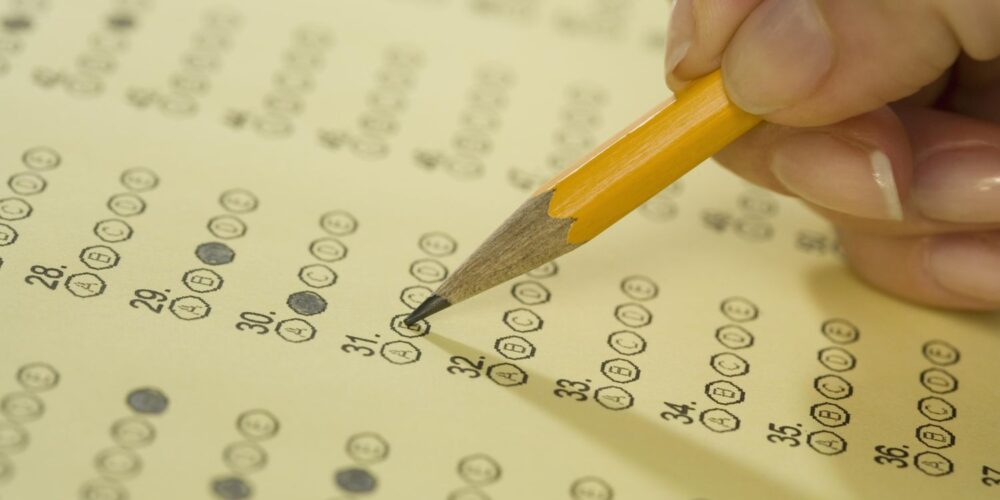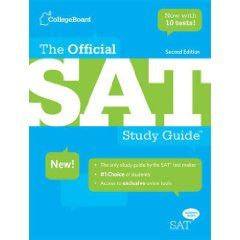In the evolving landscape of standardized testing, accuracy has never been more critical. Whether you’re a school administrator managing district-wide assessments, a tutoring company tracking student progress, or an educator seeking reliable test results, the precision of your testing process directly impacts educational outcomes. Modern bubble sheet processing technology has revolutionized how we approach test accuracy, moving far beyond the limitations of traditional manual grading methods.
As digital testing becomes increasingly prevalent with the Digital SAT (DSAT) and Digital ACT (DACT), understanding how advanced bubble sheet processing enhances accuracy is essential for making informed decisions about your testing infrastructure. This comprehensive guide explores five key ways that cutting-edge bubble sheet processing technology transforms test accuracy and reliability.
1. Eliminates Human Error Through Automated Scanning
Traditional manual grading methods are inherently prone to human error. Research indicates that manual scoring can result in accuracy rates as low as 85-90%, with fatigue, distraction, and subjective interpretation contributing to inconsistencies. Modern bubble sheet processing technology addresses this fundamental challenge through sophisticated automated scanning systems.
Advanced Optical Mark Recognition (OMR) Technology
Today’s bubble sheet processors utilize high-resolution scanning combined with intelligent optical mark recognition algorithms. These systems can detect even partially filled bubbles, smudged marks, and irregular markings that might confuse human graders. The technology analyzes mark density, position, and pattern recognition to make accurate determinations about student responses.
Consistent Scoring Standards
Unlike human graders who may apply different standards throughout a long grading session, automated systems maintain consistent scoring criteria for every single test sheet. This consistency is particularly crucial for high-stakes testing environments where accuracy directly impacts student placement, college admissions, and educational funding decisions.
Real-Time Quality Assurance
Modern bubble sheet processing includes built-in quality assurance protocols that flag potential issues during scanning. If a response appears ambiguous or the sheet quality is compromised, the system can alert administrators for manual review, ensuring that only clear, accurate data proceeds through the scoring process.
2. Provides Instant Feedback and Rapid Results Processing
The speed of results delivery has become increasingly important in educational settings. Students, parents, and educators need timely feedback to make informed decisions about learning strategies and educational planning. Advanced bubble sheet processing technology delivers results in minutes rather than days or weeks.
Immediate Score Calculation
Traditional processing methods often require 2-3 weeks for complete results. Modern bubble sheet technology can process hundreds of test sheets per hour, generating preliminary scores within minutes of test completion. This rapid turnaround enables immediate intervention strategies and allows students to address learning gaps while the material remains fresh in their minds.
Batch Processing Capabilities
For schools and tutoring companies managing large volumes of tests, batch processing capabilities allow simultaneous processing of multiple test formats. Whether handling PSAT, SAT, ACT, or custom assessments, advanced systems can process mixed batches while maintaining accuracy standards for each test type.
Integration with Digital Platforms
Modern bubble sheet processors seamlessly integrate with digital testing platforms and learning management systems. This integration enables automatic score uploads, parent notifications, and progress tracking without manual data entry, further reducing the possibility of transcription errors.
3. Generates Comprehensive Diagnostic Reports
Beyond simple scoring, advanced bubble sheet processing technology creates detailed diagnostic reports that provide actionable insights into student performance. These reports transform raw test data into valuable educational intelligence.
Detailed Performance Analytics
Contemporary processing systems analyze response patterns to identify specific knowledge gaps and learning challenges. Rather than simply indicating correct or incorrect answers, these systems provide subject-area breakdowns, skill-level analysis, and comparative performance metrics that help educators understand where students need additional support.
Personalized Learning Insights
Advanced diagnostic reports include individualized recommendations based on performance patterns. For students preparing for the Digital SAT or Digital ACT, these insights can guide targeted study plans, helping focus preparation efforts on areas with the greatest potential for improvement.
Institutional Performance Tracking
Schools and tutoring companies benefit from aggregate reporting capabilities that track performance trends across student populations. These reports help identify curriculum gaps, evaluate teaching effectiveness, and make data-driven decisions about resource allocation and instructional strategies.
4. Ensures Data Security and Privacy Protection
In today’s digital environment, protecting student data is paramount. Advanced bubble sheet processing technology incorporates robust security measures that exceed traditional paper-based processing methods.
Encrypted Data Transmission
Modern systems utilize end-to-end encryption for all data transmission and storage. Student responses and personal information are protected through multiple layers of security, ensuring compliance with educational privacy regulations like FERPA and state-specific data protection requirements.
Secure Cloud Storage Solutions
Rather than relying on physical storage of paper tests, digital processing systems offer secure cloud-based storage with automated backups and disaster recovery capabilities. This approach not only protects against data loss but also ensures long-term accessibility for longitudinal student tracking.
Access Control and Audit Trails
Advanced processing platforms include sophisticated access control systems that track who accesses student data and when. These audit trails provide transparency and accountability while ensuring that only authorized personnel can view sensitive test results and student information.
5. Reduces Long-Term Costs and Administrative Burden
While the initial investment in advanced bubble sheet processing technology may seem significant, the long-term cost savings and efficiency gains provide substantial return on investment for educational institutions and tutoring companies.
Elimination of Manual Labor Costs
Traditional test scoring requires significant human resources for grading, data entry, and quality control. Automated processing eliminates these labor-intensive tasks, allowing staff to focus on higher-value activities like curriculum development and student support.
Reduced Material and Storage Costs
Digital processing reduces the need for physical storage space, filing systems, and paper management. Tests can be archived digitally, making them easily searchable and accessible while eliminating the costs associated with physical document storage and retrieval.
Scalability Without Proportional Cost Increases
As testing volumes increase, traditional processing methods require proportional increases in staff and resources. Advanced bubble sheet processing technology scales efficiently, handling increased volumes without significant additional costs, making it particularly valuable for growing schools and tutoring organizations.
Socrato also provides the Standardized bubble sheet processing services and the detailed diagnostic Report. Just released Enhanced ACT bubble sheet processing for the ACT options.
Check out all the standardised Test practice bubble sheet processing in the youtube channel
https://www.youtube.com/channel/UCE-bOX4ED4xMtcofEWiqapQ
–










